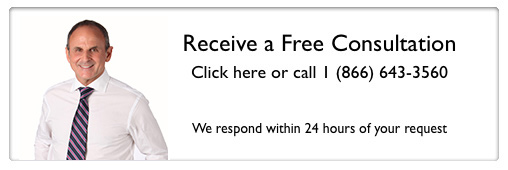The Affordable Care Act was intended to make health care more accessible and cost-effective for Americans and their employers. However, it has had just the opposite effect for many people. Many employers are turning to high-deductible insurance combined with a health savings account to provide adequate coverage while keeping bills low. The triple health savings account deduction makes this plan even more attractive. Every accountant should now about this option so their clients can get the savings they are entitled to while continuing to comply with government insurance regulations.
The Three Kinds of Health Savings Account Deduction
The combination of a high deductible policy with a health savings account will provide adequate coverage for most employees. In addition, this type of health care coverage offers what amounts to a triple deduction or tax break. The three ways people save money with these accounts are:
- Contributions are exempt from income taxes
- Account earnings are tax deferred
- Funds used for health-related expenses are not taxed
There are other fiscal benefits to a health savings account, or HSA, as well. People can spend withdrawals on a wide variety of health expenses, including ones not covered by most insurance plans such as over the counter medications. In most cases, employees can also add money to these accounts if they have higher medical needs and wish to get more tax relief. Last, a HSA can actually be used as additional retirement savings while retaining the tax benefits.
Who Qualifies for a Health Savings Account?
As with all tax breaks, there are restrictions on who can use an HSA as a tax shelter. Health care policies must have an individual deductible of $1,300 or more, or $2,600 for a family. In addition, all covered services and goods except preventive care must be subject to this deductible, including pharmaceuticals. In 2017, people can contribute $3,400 per year to individual HSAs or $6,750 for a family. People over 55 can contribute an additional $1,000. This is a great option for individuals and companies that opt for high deductible coverage but still need coverage for smaller expenses.
Compliance with government health care regulations is challenging. The health savings account deductible makes one of workers’ biggest bills a little more manageable while keeping health care costs low enough to be feasible for employers.


